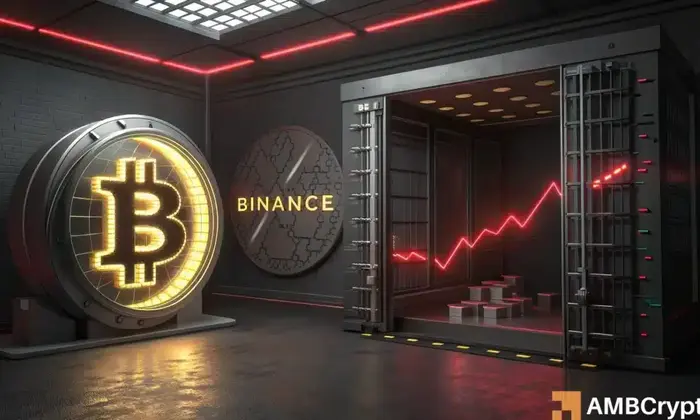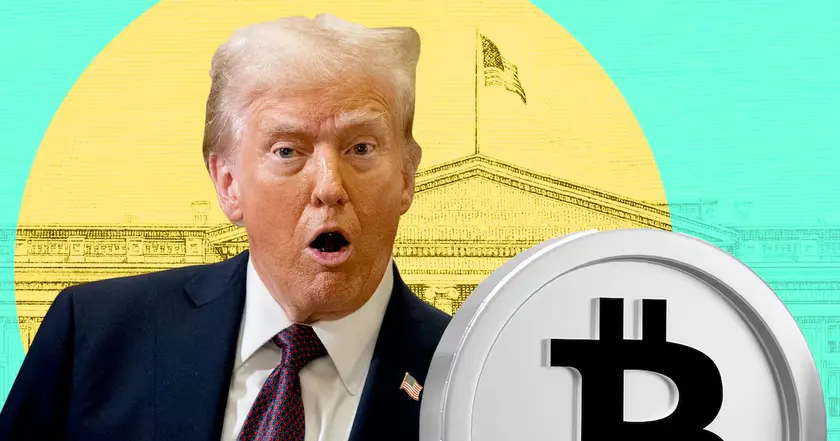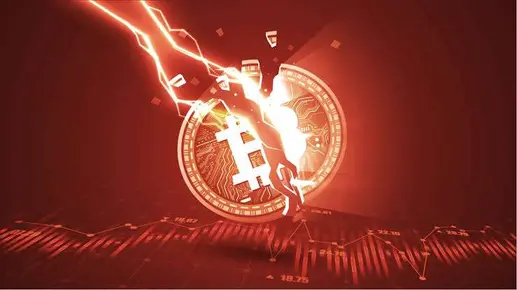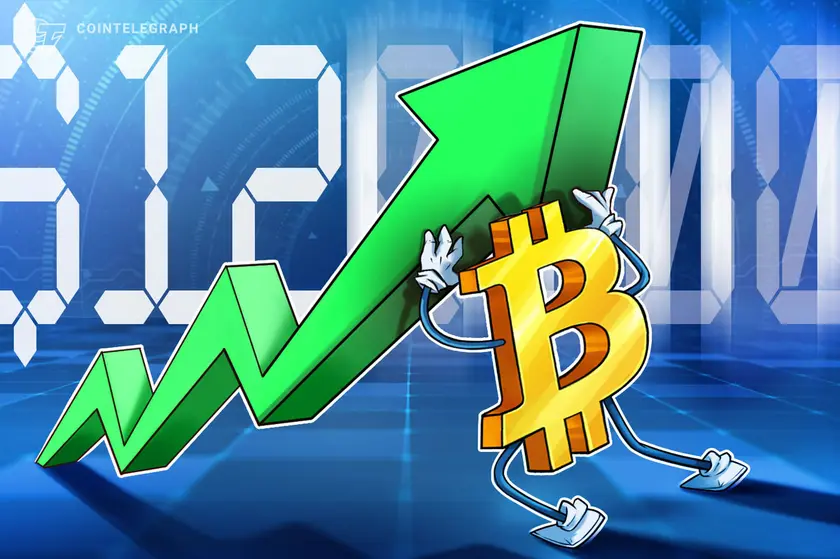T4K3.news
Bitcoin centralization and ETF risk
Binance holds a sizable share of Bitcoin reserves and ETFs heighten market exposure, raising questions about resilience.

Binance’s share of Bitcoin reserves and the rise of ETF exposure raise questions about market resilience and risk management.
Bitcoin centralization worries grow as Binance grips reserves
Binance has kept a steady grip on Bitcoin reserves this summer, with its share hovering around 20–21% since early June. Short-lived spikes to 22–23% in late July and early August likely came from tactical flows, before quickly reverting to baseline. This stability keeps Binance as a key venue for price discovery, where liquidity concentration can influence funding rates, order book shifts, and liquidation dynamics. The data show no clear structural shift in exchange dominance yet.
Analysts note that the market’s growing use of treasuries and ETFs can widen liquidity but also introduce hidden structural risks. On-chain analyst Willy Woo warned at the Baltic Honeybadger conference in Riga that Bitcoin’s long-term trajectory requires significantly larger capital inflows to rival established assets. He also highlighted that the asset’s $2.42 trillion market cap still trails gold and the dollar, implying room for growth but also exposure to policy and custody risk. He cautioned that hidden debt risks, reliance on custodians, and the threat of being rugged at a nation-state level could trigger systemic shocks if demand falters and coins flow back into circulation.
Key Takeaways
"You don’t get to change the world unless this monetary asset does not get to do its job unless capital flows in and gets big enough to rival the US dollar…"
Willy Woo at the Baltic Honeybadger conference in Riga
"Hidden debt risks, reliance on custodians, and the threat of being rugged at a nation-state level could trigger systemic shocks."
Woo’s warning about custodial risk and systemic shocks
The piece highlights a tension at the heart of Bitcoin today: the promise of decentralization meets an increasingly centralized liquidity spine. When a single venue handles a large share of reserves, price discovery becomes more sensitive to flows and decisions made there. That can magnify moves during stress but also concentrate risk in ways that are hard for ordinary investors to gauge.
If ETF channels and treasury-backed demand continue to grow, they could widen access while creating new vulnerabilities. Regulators may press for stronger custody standards and clearer risk disclosures, especially as institutions and public markets lean on crypto markets for diversification. The challenge will be to balance innovation with safeguards so that market resilience does not hinge on a single actor or a fragile chain of custodians.
Highlights
- You don’t change the world unless capital flows in and gets big enough to rival the US dollar
- Hidden debt risks and custody dependence threaten systemic shocks
- Liquidity concentrated in one venue means a single shock can ripple
- Bitcoin needs broad participation beyond a few wallets
Market concentration and policy risk
Binance’s large share of Bitcoin reserves and the growing role of ETFs and treasuries raise potential regulatory and counterparty risks. A sudden shift in reserves or a disruption to custodians could trigger sharp price moves and invite greater political and public scrutiny.
Markets will test how quickly liquidity and trust can be diversified as the landscape evolves.
Enjoyed this? Let your friends know!
Related News

YieldMax Announces New Distributions on Major ETFs

Bitcoin cycle debate

Stellar's Price Set for Rise After Trump's Crypto Bill

Bitcoin hits new high on inflation data

Bitcoin gets a retirement push

JP Morgan Accepts Bitcoin ETFs as Collateral

Twenty-One Capital prepares for public launch

Bitcoin hits new ATH
